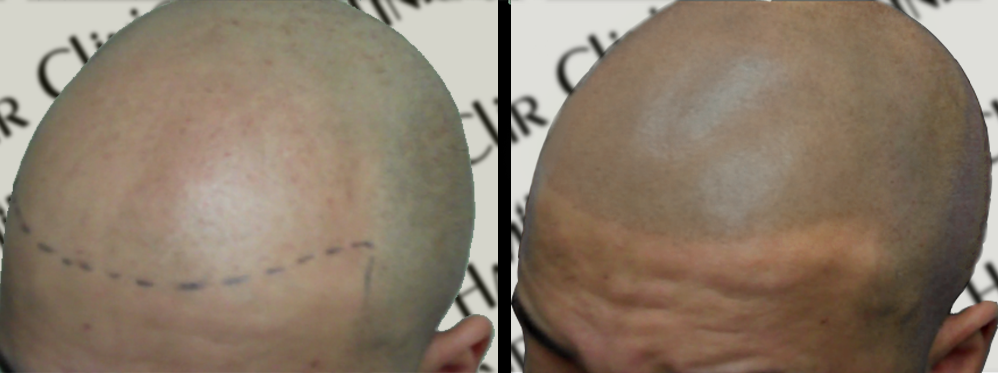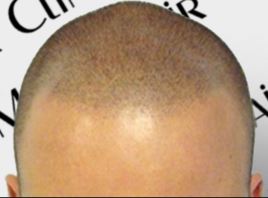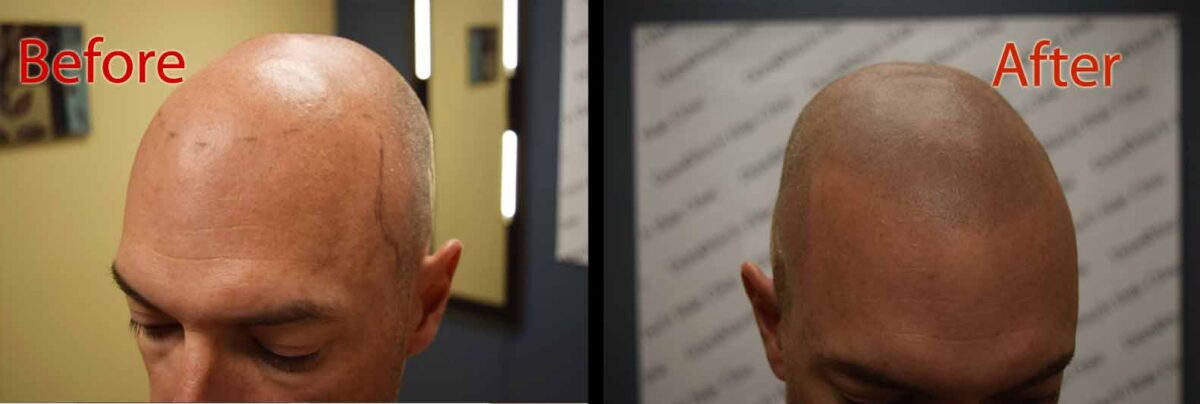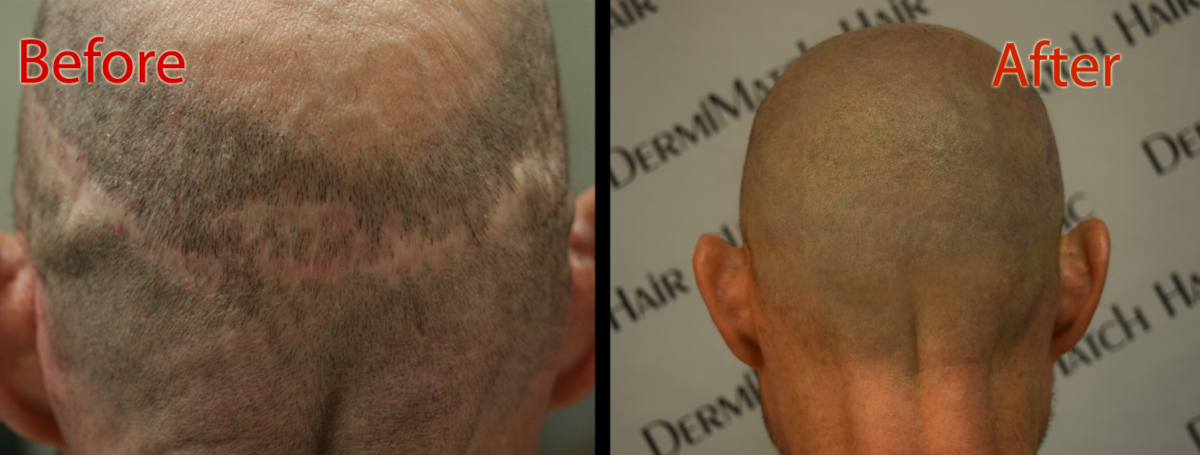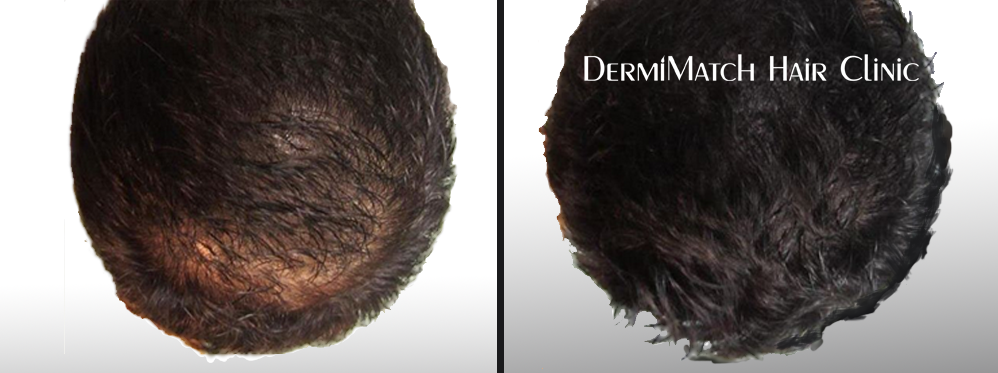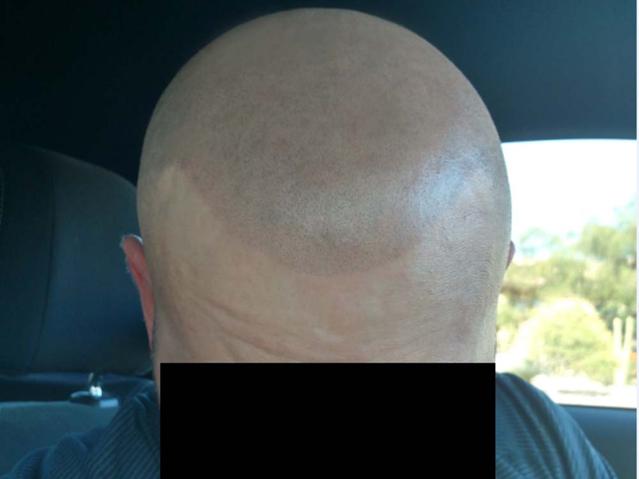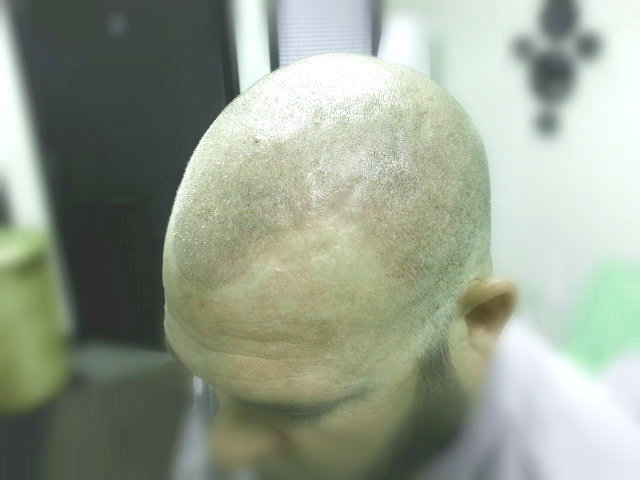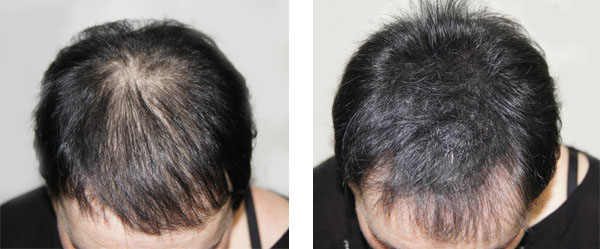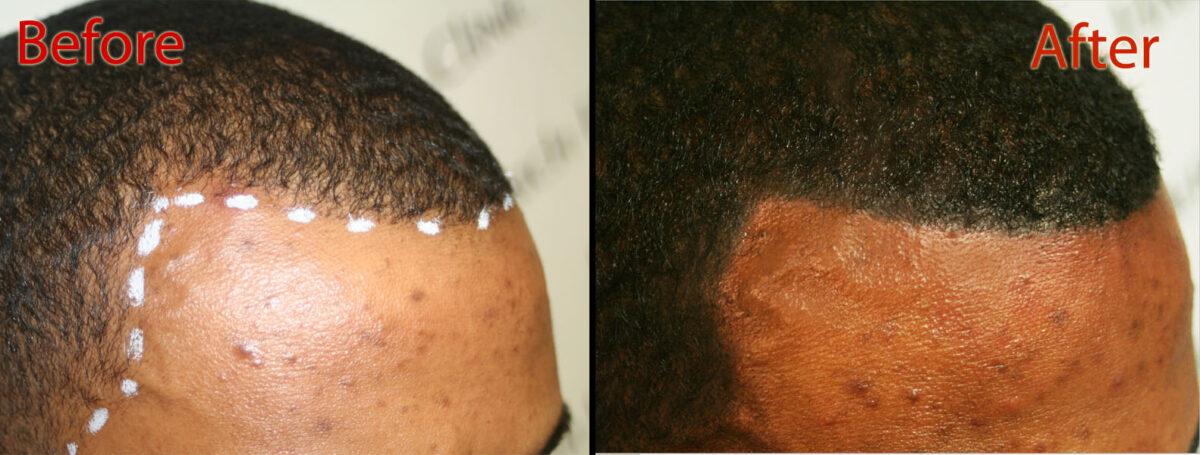Peptides are small protein fragments that work like messengers in your hair follicles. Think of them as tiny communication signals that tell your hair follicles what to do. Peptides for hair growth are known to copy the behavior of natural growth factors that your body already produces, but may not be making enough as you age or experience hair loss.
When peptides reach your hair follicles, they attach to special receptors on the follicle cells. This attachment triggers a chain reaction that starts cell repair and regeneration processes. Most importantly, peptides can extend the anagen phase, which is the active growth period of your hair cycle. The longer this phase lasts, the more time your hair has to grow longer and stronger.
The science behind peptides is relatively straightforward. Your hair follicles naturally respond to growth signals from your body. However, factors like aging, stress, hormonal changes, and genetics can weaken these signals. Peptides essentially amplify and restore these communication pathways, helping your follicles function more effectively.
Key Peptides for Hair Growth
Several specific peptides have shown promising results for hair regrowth, each working in different ways to support follicle health. Understanding these different peptides can help you choose the right treatment approach.
GHK-Cu peptide is one of the most studied compounds for hair growth. This copper peptide promotes the production of collagen and elastin around follicles. Collagen provides structure and support, while elastin keeps the scalp flexible and healthy. GHK-Cu also improves blood circulation to your scalp, ensuring that nutrients reach your hair roots more effectively.
Biotinoyl tripeptide-1 focuses on strengthening hair strands. This peptide works at the molecular level to improve keratin production. Keratin is the main protein that makes up your hair, so stronger keratin means less breakage and healthier-looking hair overall.
Acetyl tetrapeptide-3 targets inflammation, which is often an overlooked factor in hair loss. Chronic inflammation around follicles can disrupt the growth cycle and lead to miniaturization of follicles. This peptide helps reduce inflammatory responses at the follicle base, creating a healthier environment for growth.
When these peptides work together, they address multiple aspects of hair health simultaneously. This comprehensive approach often produces better results than targeting just one factor of hair loss.
Application Methods and Treatment Protocols
Most treatments based on peptides for hair growth come in the form of topical serums. These serums are designed to penetrate the scalp and reach follicles where they can be most effective. The typical application involves massaging the serum into clean, dry scalp twice daily, usually morning and evening.
For best results, users should apply peptide serums consistently to the areas where hair thinning is most noticeable. The scalp should be clean and free of styling products to allow maximum absorption. Gentle massage helps distribute the product evenly and may also stimulate blood flow to the area.
Some specialized clinics offer peptide injections for more direct delivery to the follicles. These injections bypass the skin barrier and deliver peptides directly to the deeper layers where hair follicles reside. While more invasive, this method may provide faster or more dramatic results for some people.
Microneedling has become a popular complementary treatment to enhance peptide absorption. This process involves using tiny needles to create microscopic channels in the scalp, allowing peptides to penetrate more deeply. Many people combine microneedling sessions with peptide serum application for improved effectiveness.
Treatment courses typically require a commitment of three to six months to see meaningful results. Hair growth is naturally slow, and it takes time for peptides to influence the hair growth cycle. Most practitioners recommend starting with a six-month treatment plan and evaluating progress at regular intervals.
Peptide Benefits for Thinning Hair
Peptide therapy offers several advantages for people experiencing hair thinning or loss. One of the most significant benefits is increased hair density over time. As peptides stimulate dormant follicles and extend growth phases, more hairs remain in the active growth stage simultaneously.
Reduced hair shedding is another common benefit reported by users. While some daily hair loss is normal, excessive shedding can be distressing and contribute to overall thinning. Peptides for hair growth help stabilize the hair growth cycle, leading to less dramatic shedding phases.
Hair texture and strength improvements are often noticeable before density changes become apparent. Users frequently report that their existing hair feels thicker, stronger, and more resilient to breakage. This improvement in hair quality can make a significant difference in overall appearance.
Peptide therapy shows particular promise for addressing female pattern hair loss and androgenetic alopecia. These conditions involve sensitivity to hormones that cause follicle miniaturization. Peptides can help counteract some of these effects by promoting follicle health and encouraging stronger growth cycles.
Limitations of Peptide Therapy
While peptide for hair growth offers many benefits, it’s important to understand its limitations before starting treatment. Results can vary significantly from person to person based on factors like genetics, age, overall health, and the underlying cause of hair loss.
The treatment requires ongoing, consistent application to maintain results. Unlike some medical procedures that provide permanent changes, peptide therapy typically needs to be continued long-term to sustain benefits. Stopping treatment often leads to a gradual return to previous hair loss patterns.
Patience is essential when using peptide therapy. It can take three to six months or longer to see visible changes in hair growth or density. This delayed gratification can be challenging for people hoping for quick fixes to their hair loss concerns.
Some users experience scalp irritation, sensitivity, or allergic reactions to formulations used in peptides for hair growth. While generally well-tolerated, these side effects can be uncomfortable and may require discontinuing treatment or switching to different formulations.
The cumulative costs of peptide therapy can be substantial over time. High-quality peptide serums are often expensive, and the need for ongoing treatment means costs continue indefinitely. This financial commitment should be considered when evaluating treatment options.
Is There A Permanent Solution?
For people seeking immediate results without the time and uncertainty of peptide therapy, scalp micropigmentation offers a different approach. This cosmetic procedure uses tiny pigment deposits to create the appearance of hair follicles on the scalp, providing instant visual density.
SMP works effectively for all hair types and skin tones, making it a versatile option for diverse populations. Unlike peptide therapy, SMP results don’t depend on your body’s response to treatment, nutrient levels, or natural growth cycles. The results are immediate and consistent.
The procedure provides natural-looking density and can recreate hairlines that complement your facial features. Skilled practitioners can match pigments to your natural hair color and skin tone, creating realistic results that are difficult to detect.
SMP results typically last for several years with minimal maintenance required. The pigments are designed to resist fading from water, sweat, and sun exposure, making them suitable for active lifestyles. Occasional touch-up sessions can maintain optimal appearance over time.
Choosing the Right SMP Artist
The success of scalp micropigmentation depends heavily on the skill and experience of the practitioner. Not all tattoo artists have the specialized training needed for high-quality SMP results. The techniques, equipment, and pigments used for SMP differ significantly from traditional tattooing.
Verify that the artist follows strict sterilization and safety standards. The scalp procedure involves penetrating the skin, so proper hygiene and safety protocols are essential for preventing infections or complications.
Ensure the practitioner uses pigments specifically designed for scalp application. These specialized pigments are formulated to maintain color stability and fade naturally over time, unlike regular tattoo inks that may change color or create unnatural appearances.
A skilled SMP artist in Arizona will take time to understand your goals, assess your hair loss pattern, and create a customized treatment plan. They should be able to explain the process clearly and set realistic expectations for your specific situation.
You can find the best Arizona scalp practitioners at DermiMatch Clinic. Schedule a consultation right away!

